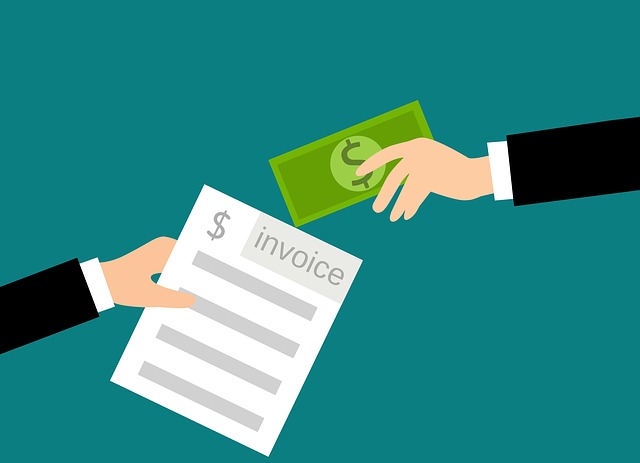KEY POINTS
· Certain plan expenses can be paid from forfeitures
· Critical to review the plan document to determine how and when forfeitures should be exhausted
· Critical to review forfeitures balance periodically
Forfeitures typically arise due to participant distributions
If you’re reading this, you likely know what a forfeiture is, but let’s do a quick review as a refresher. Basically, a forfeiture account is a bucket under the plan that holds funds that are forfeited from participants’ accounts. Most common time a forfeiture occurs is when a plan participant terminates employment is not 100 percent vested in the portion of his account attributable to employer contributions. Forfeitures can also arise due to failed compliance testing, participants making more contributions that allowed by law, or when a terminated participant with a balance left in the plan cannot be found.
Forfeitures can be used to pay certain plan expenses
First and foremost, forfeitures funds cannot revert back to the employer. The plan document dictates how and when to use forfeitures. Generally, a plan will allow usage of forfeitures to pay plan expenses (and/or allocate to participants). The document should specify whether expenses can be paid. But in the event the plan document is silent regarding payment of administrative expenses, plan expenses can be paid from forfeitures.
Some expenses that typically CANNOT be paid using forfeitures include:
· Fees for plan design proposals
· Legal fees regarding corporate issues relating to establishment of the plan
· Plan document fees
· Discretionary amendment fees (key word here is “discretionary)
Some expenses that CAN be paid from forfeitures bucket are:
· Fee to amend the plan to reflect law changes affecting the plan document
· Mandatory participant disclosures, including summary plan description (SPD), fee
disclosures, etc.
· Most TPA fees (Form 5500 preparation, compliance testing, etc.)
· Independent qualified public accountant audit fees (typically for larger filers)
· ERISA fidelity bond fees
Important to use forfeitures timely
One of the biggest compliance challenges with forfeitures is not disposing of them timely. The plan document will state when forfeiture funds should be used. Some plan will allow forfeitures to be used in the year in which arises, while others will allow forfeitures to be used in the year following the year in which it arises. If an employer does not exhaust forfeitures timely, and haven’t been following the terms of the plan document, they can correct under the IRS’ Employee Plans Compliance Resolution System (EPCRS).
Best practice recommendations
· Plan document should be reviewed to determine if the provisions are conforming to
practice. For instance, does the plan even allow fees to be paid from forfeitures? Does
the plan require forfeitures to be disposed of in same year or the following year?
· Forfeiture balance should be reviewed on an ongoing basis
· Are you a larger filer that requires annual CPA audit? You may be able to pay audit
fees using forfeitures




